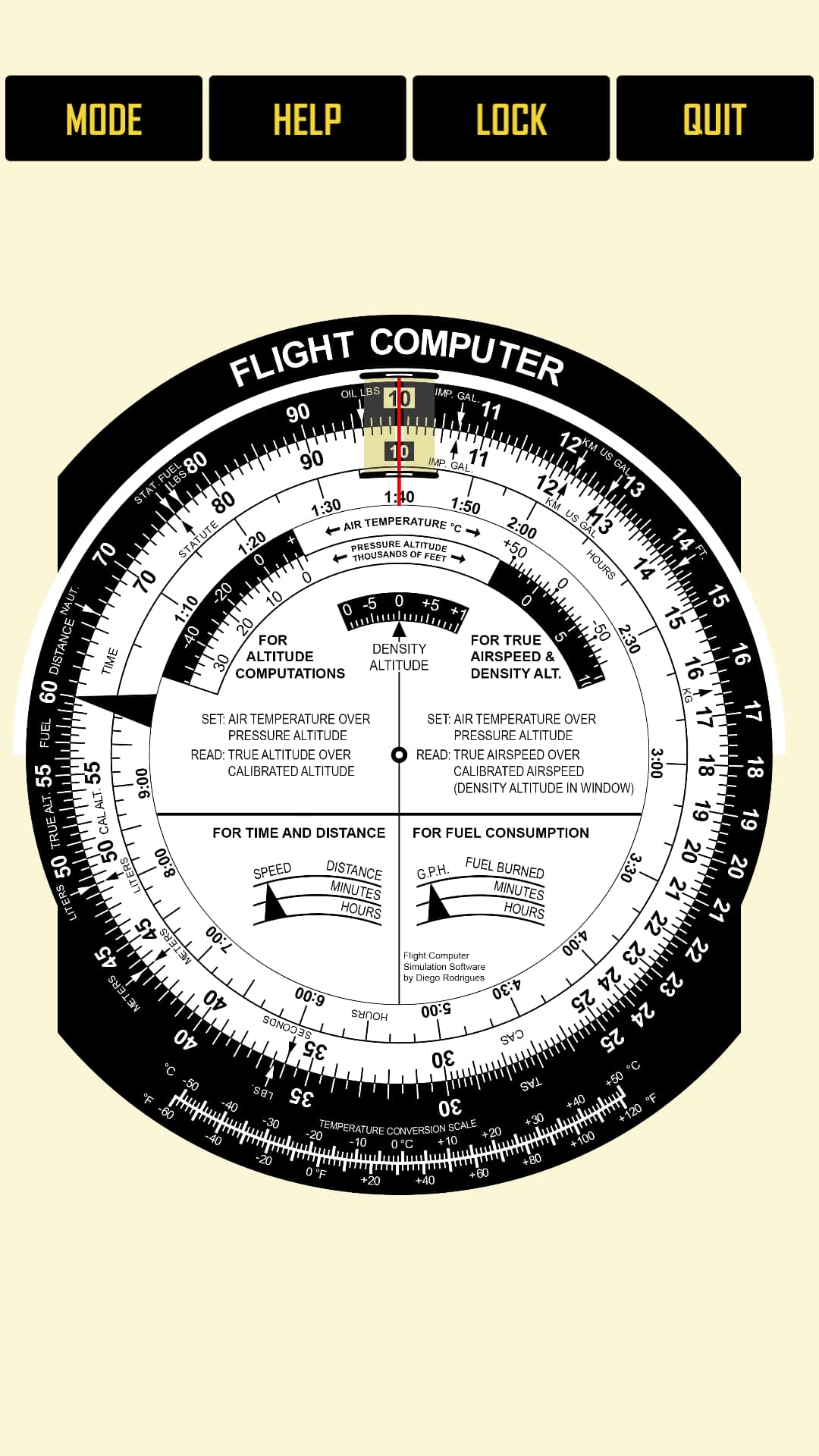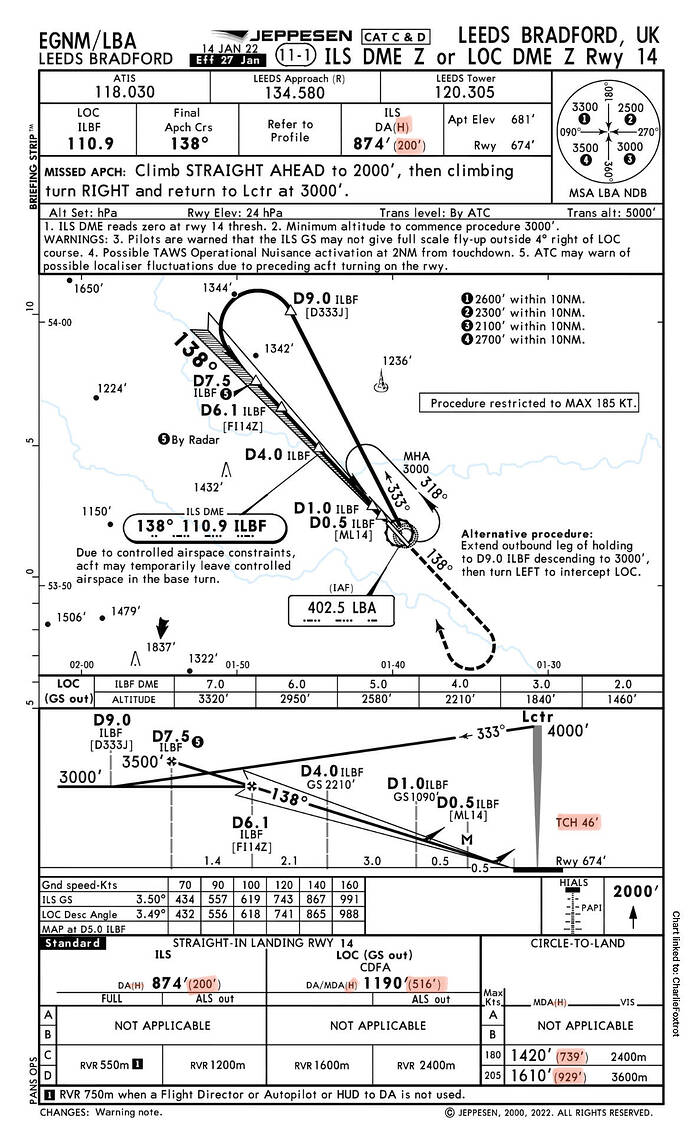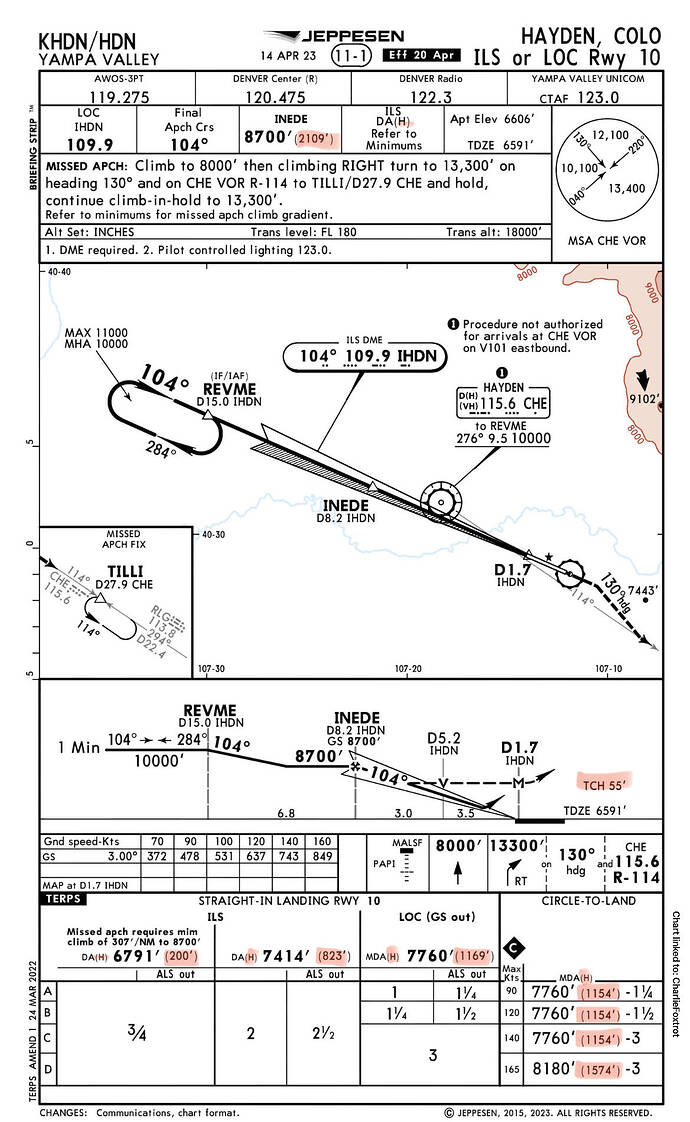No, almost all altitudes you see on an approach chart are in MSL. But as you noted, most airports in the UK are so close to sea level that it masks the difference. I picked one of the higher ones, Leeds Bradford, (airport elevation 681’) to demonstrate:
All the altitudes you see on the approach chart are in feet MSL, with the exceptions of the ones I highlighted in red:
In the bottom “minimums” section of the chart, you see DA(H), which refers to the Decision Altitude, used for the full ILS option of this approach, given in feet MSL, 874’ in this case. However the (H) part next to that refers to Decision Height, which is the value inside the parentheses (highlighted in the pic). This is the height above touchdown, given in feet AGL, 200’ in this case. Note that this is also repeated in the briefing strip along the top of the chart.
Where you see MDA(H) refers to the Minimum Descent Altitude, which is used for a non-precision approach (the Localizer only option of this approach), also given in feet MSL, 1190’ in this case. But similar to the ILS, there is an (H) in parentheses here, referring to the Minimum Descent Height, which refers to the parenthetical value again. This is also the height above touchdown, given in feel AGL, 516’ in this case.
You also have circling minimums, which are another MDA, expressed in altitude above airport (MSL), and height above airport (AGL) inside the parentheses (highlighted again), 739’ and 929’ AGL for category C and D aircraft, respectively.
Because the MDAs may put you in various positions from which you will commence a final descent to land, the AGL heights given in those cases are mostly a reference for how high you are above the airport or runway for both clearance and to calculate the descent rate or descent point needed to make a normal descent to land from the MDA.
One last AGL altitude on the chart is the TCH, which is the Threshold Crossing Height - so you know how high you should be above the runway when you cross the threshold on the glidepath.


